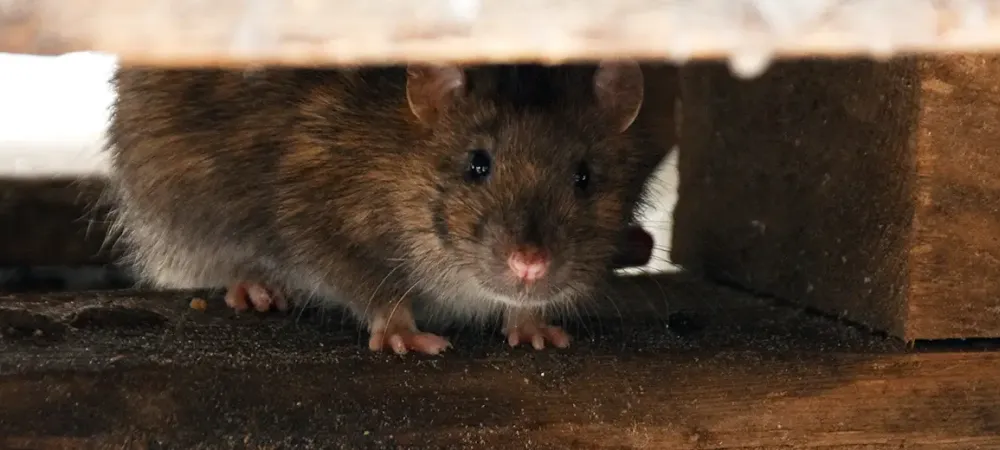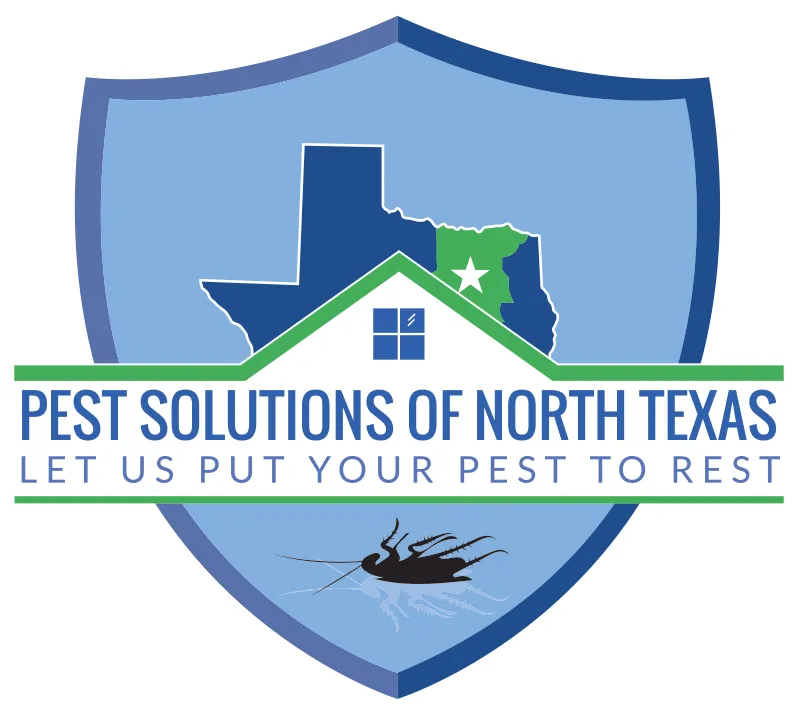Rodent-Proof Your Home in Texas

As the temperatures begin to drop in Texas, homeowners should be aware of the increased risk of rodent infestations. When the weather turns colder, rodents like mice and rats seek warm, sheltered places to nest, often finding refuge in our homes. Without proper preventative measures, you could find yourself sharing your living space with these unwelcome guests. In this blog, we'll guide you through essential steps to rodent-proof your Texas home, ensuring it remains rodent-free throughout the winter months.
Understanding the Rodent Threat in Texas
Frisco, with its growing population and expanding neighborhoods, offers rodents plenty of opportunities to invade homes. The cooler fall and winter temperatures in North Texas drive rodents indoors, where they seek warmth, food, and shelter. Common rodents in Frisco include house mice, roof rats, and Norway rats. These pests can cause significant damage to your property by chewing through wires, insulation, and even structural materials. Beyond the physical damage, they also pose health risks by spreading diseases and contaminating food sources.
Step 1: Conduct a Thorough Inspection
Rodents are incredibly resourceful and can squeeze through openings as small as a dime. To protect your Texas home, start by thoroughly inspecting your property.
Start with the Exterior
- Foundation and Walls: Examine the foundation of your home for any cracks or gaps. Rodents can squeeze through surprisingly small openings, so look for even tiny crevices. Pay attention to areas where the foundation meets the walls, as these joints can be vulnerable.
- Vents and Utility Openings: Check around vents, pipes, and utility lines entering your home. Rodents can enter through gaps around these openings. Ensure that all vents are covered with metal mesh or hardware cloth.
- Doors and Windows: Inspect the seals around doors and windows. Gaps or damaged weatherstripping can provide easy access for rodents. Look for any loose or damaged door sweeps and seals.
- Roofline: Inspect the roofline for any gaps or damage. Rodents can enter through damaged shingles, loose flashing, or gaps around roof vents.
Examine the Interior
- Attics and Basements: Rodents often nest in attics and basements. Check for droppings, gnaw marks, or signs of nesting materials like shredded paper or insulation. Look for gaps around chimneys, vents, and ductwork.
- Garage and Crawl Spaces: Inspect the garage and any crawl spaces for entry points. Check around door seals, and ensure that any openings are properly sealed.
Step 2: Seal Entry Points
Once you have identified potential access points, it is time to seal them off
Use Caulk or Expanding Foam
- For small gaps and cracks, use a high-quality caulk. Ensure that the caulk is suitable for exterior use and can adhere to various surfaces. Apply it evenly and smooth it out with a caulking tool.
- For larger gaps or holes, use expanding foam. This product expands to fill the gap and can be used around pipes, wires, and other larger openings. Follow the manufacturer’s instructions for application and drying times.
Install Metal Mesh or Hardware Cloth
- Cover vents and other openings with metal mesh or hardware cloth. Choose a mesh with holes smaller than a rodent's width to ensure effective exclusion.
- For larger gaps in the foundation, use metal flashing or mesh to cover the opening. Secure it in place with screws or masonry anchors.
Repair or Replace Damaged Seals
- Replace damaged weatherstripping and door sweeps. Ensure that they are properly installed and form a tight seal when doors and windows are closed.
- Repair any damaged shingles, flashing, or roof vents. Use roofing cement or sealant to fill gaps and secure loose materials.
By addressing these vulnerabilities, you'll greatly reduce the chances of rodents finding their way into your Texas home.
Step 3: Keep Your Yard Tidy
A well-maintained yard is crucial in deterring rodents. In Frisco's suburban neighborhoods, yards can provide rodents with ample hiding spots. Take the following actions to minimize the appeal of your yard:
- Trim overgrown vegetation: Overgrown bushes, trees, and shrubs near your home can serve as bridges for rodents. Keep these trimmed back and away from your house.
- Remove debris and clutter: Piles of leaves, wood, or other debris are attractive to rodents. Clear your yard of any clutter, especially near your home's foundation.
- Store firewood properly: If you use firewood during the winter months, store it at least 20 feet away from your home and keep it elevated off the ground.
By maintaining a tidy yard, you'll make it harder for rodents to find shelter close to your home.
Step 4: Properly Store Food and Trash
Rodents are always on the lookout for easy food sources, and your kitchen and garbage can be prime targets. To rodent-proof your Texas home, implement these food storage practices:
- Use metal or glass containers to store dry goods like cereals, grains, and pet food. Avoid leaving food out overnight.
- Regularly clean kitchen surfaces and floors to eliminate crumbs and food residue that might attract rodents.
- Use trash bins with tight-fitting lids both inside and outside your home. If possible, keep outdoor bins in a secured area away from the house.
By eliminating easy food sources, you'll discourage rodents from taking up residence in your home.
Step 5: Keep Attics and Basements Dry and Clutter-Free
Rodents love to nest in dark, cluttered, and damp areas like attics and basements. In Frisco, where the weather can be unpredictable, it's essential to ensure these spaces are dry and organized:
- Fix Leaks: Repair any leaks in your plumbing, roof, or walls. Rodents are attracted to damp areas, so keeping your home dry can reduce their appeal. Use a dehumidifier if necessary to keep these areas dry.
- Declutter regularly: Avoid storing items directly on the floor, and use plastic storage bins instead of cardboard boxes, which rodents can easily chew through.
- Inspect insulation: Ensure that your attic insulation is intact and not harboring rodents. Consider using rodent-resistant insulation materials.
By keeping your attic and basement in good condition, you'll remove another potential nesting area for rodents.
Consider Professional Rodent Control Services
With these tips, you'll be well on your way to keeping your home safe, secure, and rodent-free this winter season.
But if you've followed the above steps but still notice signs of rodent activity, such as droppings, gnaw marks, or strange noises, it may be time to call in the professionals. Our team of local rodent exterminators at Pest Solutions of North Texas can provide detailed inspection, implement advanced rodent control measures, and even offer garage door exclusion services. Contact us today to learn more!
